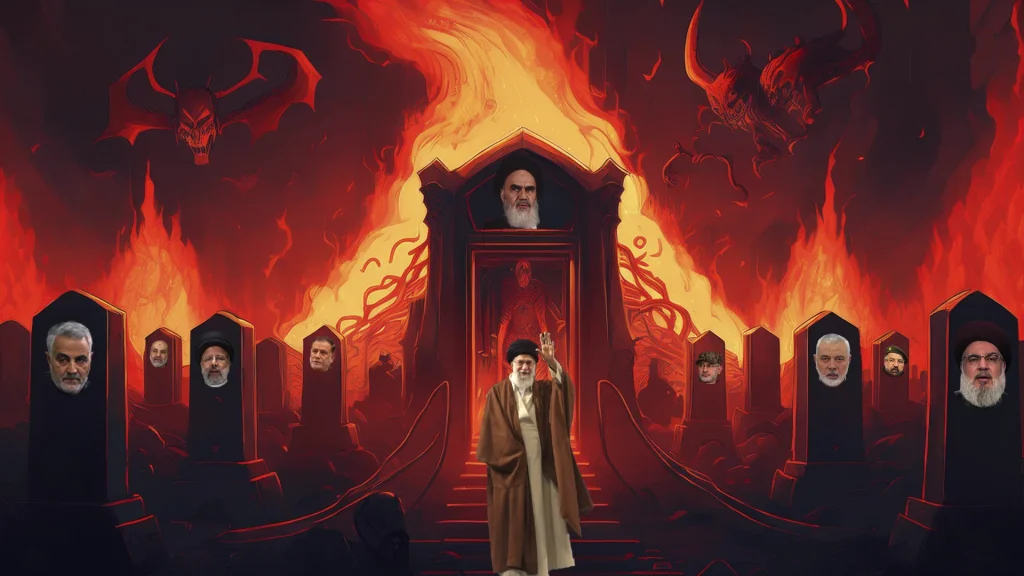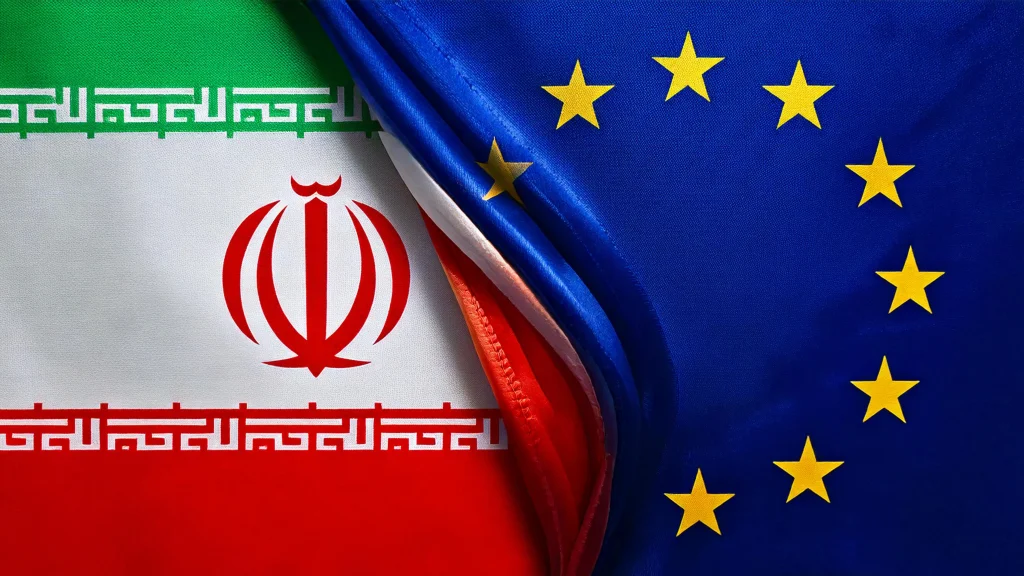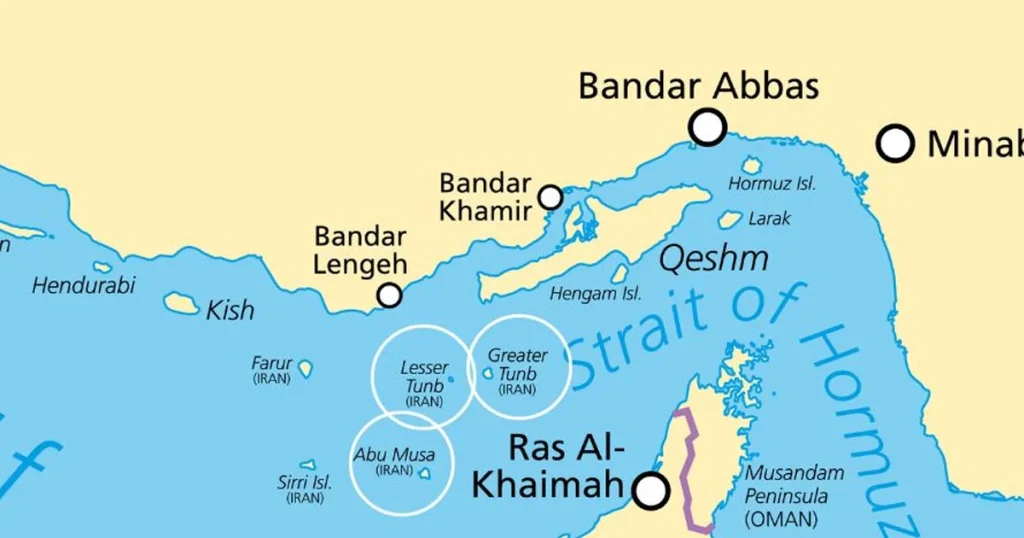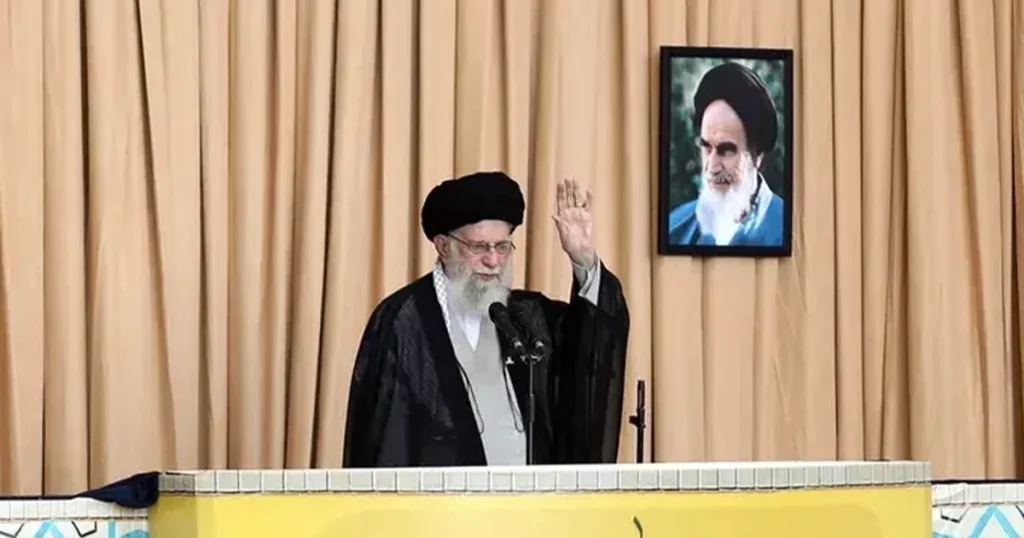The Islamic Republic of Iran is rapidly losing its grip on the Middle East as Israel systematically dismantles its network of terrorist proxies. Recent Israeli military actions have severely weakened Iran’s key allies, starting with Hamas and now extending to Hezbollah in Lebanon. As Iran’s proxies fall one by one, its regional influence crumbles, and the regime’s internal struggles are growing more visible. This situation presents an unprecedented opportunity for the Iranian people to rise up against a regime that has long used false power projections and external conflicts to maintain control.
Hamas: Iran’s First Major Defeat
Israel’s campaign against Hamas in Gaza has delivered a devastating blow to Iran’s influence in Palestine. Following the deadly Hamas attack on Israel in October 2023, Israel launched a full-scale military response, targeting and killing key leaders within Hamas. This loss of leadership has left Hamas in disarray, dealing a major setback to Iran, which has long used the group to exert pressure on Israel and maintain a foothold in the Palestinian territories. With Hamas weakened, Iran’s ability to destabilize Israel through its Palestinian proxy has been severely diminished.
Hezbollah: The Decapitation of Leadership
Even more significant was Israel’s elimination of Hezbollah’s leader, Hassan Nasrallah, in a targeted airstrike in Beirut. Nasrallah had been the face of Hezbollah for decades, symbolizing Iran’s influence in Lebanon and its military strength along Israel’s northern border. The swift removal of Nasrallah, along with several senior Hezbollah leaders, has left the organization leaderless and severely weakened. Hezbollah, once a formidable military force and Iran’s most powerful proxy, now faces an uncertain future.
With Hezbollah in disarray, Israel has also destroyed key military infrastructure in Lebanon, effectively neutralizing Hezbollah’s ability to retaliate. This development is a catastrophic blow to Tehran’s strategy of using Hezbollah as a military outpost to threaten Israel. Iran’s strongest regional asset has been decimated, further isolating the Islamic Republic and exposing its vulnerabilities.
The Houthis: Next in Line
Following the decimation of Hamas and Hezbollah, attention has now shifted to the Houthis in Yemen, another key Iranian proxy. The Houthis have long destabilized the Arabian Peninsula, engaging in missile attacks on Saudi Arabia and the UAE, with substantial backing from Iran. However, recent operations targeting senior Houthi leaders suggest that Israel, alongside its regional allies, is beginning to neutralize this proxy as well. The weakening of the Houthis will further erode Iran’s regional influence, leaving Tehran increasingly isolated.
Internal Struggles in Tehran
As Iran’s regional proxies crumble, internal dissent within the regime is growing. The Islamic Republic has long projected an image of invincibility through its network of regional allies, but each defeat at the hands of Israel shatters that illusion. Within Tehran, the inability to respond effectively to Israel’s strikes is fueling infighting among various factions of the regime. The helicopter crash involving President Ebrahim Raisi earlier this year, widely speculated to be an assassination attempt, highlights the growing power struggles within the regime.
Moreover, the assassination of senior Hamas leader Ismail Haniyeh inside Iran and the killing of high-ranking IRGC officials further expose Tehran’s vulnerability. These events indicate that Iran is not only losing control abroad but is also facing increasing threats within its borders. The regime’s internal fabric is beginning to tear, as its credibility weakens with each proxy defeat.
A Moment of Opportunity for the Iranian People
The weakening of Iran’s regional proxies presents a historic opportunity for the Iranian people. For decades, the regime has maintained control by projecting strength abroad and suppressing dissent at home. But as Israel continues to dismantle Iran’s terrorist network, the regime’s false image of power is being exposed. With each defeat, Tehran grows weaker, both in the region and within its own borders. The Iranian people, long suppressed by the Islamic Republic, now have a chance to rise up against a regime that is growing increasingly fragile.
This moment of regional defeat could spark a new wave of internal unrest in Iran. The regime’s inability to respond to external threats while grappling with internal divisions creates a perfect storm for the Iranian people to demand change. With the regime’s vulnerabilities laid bare, the possibility of a popular uprising grows stronger.
Conclusion: The Dawn of a Free Iran
Israel’s systematic dismantling of Iran’s proxy forces is not just a military victory but a strategic weakening of the Islamic Republic’s influence in the Middle East. As Iran’s proxies fall one by one, the regime’s ability to project power is eroding. Hamas has been crippled, Hezbollah is leaderless, and the Houthis are next in line. These victories are not only critical for Israel and its allies but also for the free world. They present an opportunity for the Iranian people to reclaim their country from an oppressive regime that has used terror and repression to maintain its rule.
The downfall of Iran’s regional tentacles signals the beginning of the end for the Islamic Republic’s dominance. As Tehran becomes more isolated and its internal struggles intensify, the possibility of a free, peaceful Iran is closer than ever before.






